Symbolic figure of the Naples of Four Days è Maddalena Cerasuolo, known as Lenuccia, who participated with her courage in the uprisings to free the city from German siege. She was born on February 2, 1922, in the Stella Quarter in Naples, the daughter of Carlo Cerasuolo, a cook who in his time had already distinguished himself as a monarchist and anti-fascist in the World War I. Having lost his job as a cafeteria manager, Mr. Cerasuolo set up a banquet to fry pizzas on the street, together with his wife Annunziata Capuozzo.
When the Germans introduced compulsory labor services for all young males between the ages of 18 and 33, Cerasuolo, driven by a desire to follow in her father's footsteps but above all by a desire to protect her brother John from capture by the Germans, decided to fight side by side with the partisans by becoming a militant herself.
Thus Lenuccia, from a simple shoe factory worker, became a partisan. We discover the places in Naples that symbolize this important woman's battle.
The "near destruction" of the Sanità Bridge
Our path can only begin with the Magdalene Bridge Cerasuolo, also known as Sanità Bridge because it overlooks the District of the same name in the Stella Quarter, Lenuccia's birthplace. Here Magdalene began to take part in the riots.
On September 29, 1943, during the third of the days that have remained in history as the Four Days of Naples, the young woman spotted a sidecar piloted by Germans looking for the Sanità Bridge. She thus ran home to warn her father, who immediately sent her for help: they had realized that the Germans wanted to destroy the bridge connecting the two parts of the city.
Arriving there with the partisans, she came across a German hiding in a hollow holding a wire of explosives that ran across the entire bridge. A firefight followed where the soldier lost his life. When a second Nazi officer attempted to reach the detonator the Lt. Dino del Prete managed to tear the wires by stopping the explosion.
Thus Magdalene, together with Lieutenant del Prete, saved the Sanità Bridge, the longest overpass in Naples today dedicated to her for that very reason. A 118-meter-long construction that served as a link between Via Santa Teresa degli Scalzi and Corso Napoleone, today Corso Amedeo di Savoia.
The clashes at Materdei
About a 15-minute walk from the Sanità Bridge you can reach the Materdei District. Here Magdalena joined the fighting to prevent the Germans from looting a factory. She volunteered to go forward (on reconnaissance to understand the extent of the German forces), risking her life. She also wanted to negotiate with the Germans to ensure that the rights established by the Geneva Conventions concerning the protection of humanitarian associations in war territory, respect for civilians and doctors not involved in the fighting.
Today Materdei is considered as a real open-air museum full of monuments all to be discovered. From Piazzetta namesake that is the heart of the neighborhood to the various monumental churches including St. Raphael's known for kissing the statue from the saint. Here there is also the famous Fontanelle Cemetery, where Neapolitans when in trouble come to turn to the souls in purgatory .
Lenuccia after the end of the war
Lenuccia after the liberation of Naples continued her commitment to freedom: on October 15, 1943, two Special Force agents from Naples showed up at her home to offer her collaboration with the Secret Service. The young woman waited for a nod of assent from her father Carlo, who said, "Go! I have only one recommendation, nun portà scuorno a casa," meaning "don't bring shame to the house" so from October 1943 first she left for Ischia where she was trained and from October 21 onward she collaborated in espionage operations until February 1944, risking her life in the name of freedom.
Espionage operations
Collaboration with the Secret Service brought her first to the Corsica all the way to Bastia to sabotage enemy military sites. Embarking on a submarine, she left for Genoa where she was blocked by fascists who interrogated her on suspicion that she was a spy.
She fortunately managed to convince them that she was just a young woman who, left alone because of the bombing, had to join her uncle in San Remo, so the Germans decided to release her. She was released, reached San Remo and even made her uncle cry with her story.
The operation unfortunately ended unsuccessfully, and Magdalene was parachuted across enemy lines, where she gathered information under a false identity as a maid for the artist Anna d'Andria.
For her efforts she was presented with a "Certificate of Merit" (of merit) which read:
"Miss Maddalena Cerasuolo cooperated with this Command from October 1943 to February 1944. During this period after behaving heroically during the insurrection of Naples she participated in three attempts to cross the lines and five attempts to land on the enemy coast. For her courageous behavior and contribution to the Cause of Freedom, on behalf of this Command, I commend and thank her."
Lenuccia's accolades do not end there; on May 24, 1946, she was awarded the bronze medal for military valor and recognized as a partisan.
When the war ended, Cerasuolo returned to Naples to care for her beloved family. She told her memories of her war to her two children almost as if they were fairy tales, so her daughter Gaetana Morgese collected these stories in his book Mom's war, a tribute to the values of resistance that are shared in an emotional and engaging way through the strong mother-daughter relationship.
Carlo Faiello dedicated the song to her Magdalena, performed by various artists over the years, which reads as follows:
Magdalena takes life as it comes
and knows all the troubles of the neighborhoods
He has never left 'home
but it explains 'o munno sano
Magdalena also speaks American
A thousand votes mom was Magdalene
he can read the thoughts of those who are alone
She's never been to school before
but you look for 'e cunziglia'
how many things Magdalena can 'mpara'
We talk to you and when the war was going on
The world seems to have been more beautiful
In the evening, people were waiting for the beam to speak.
And dried his eyes
How many femmene go addu Magdalena
When the night freezes the blood in the veins
Maddalena arap' 'a door
pecchè sape cunzula'
As scarfa 'o core 'o f fire 'e Maddalena.
And he says to you, "It's sulo malutiempo
Just wait until the wind dries up
'o tiempo passa e vene sempre 'un'altra primmavera"
And you are more cuntento
In 1999 Lenuccia died but the memory of her deeds will always be alive in Neapolitans.
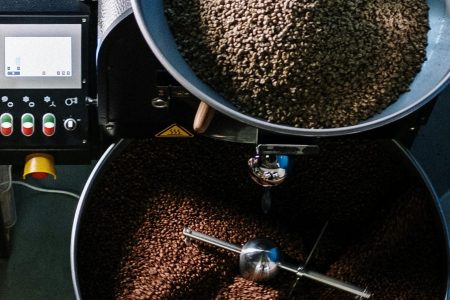
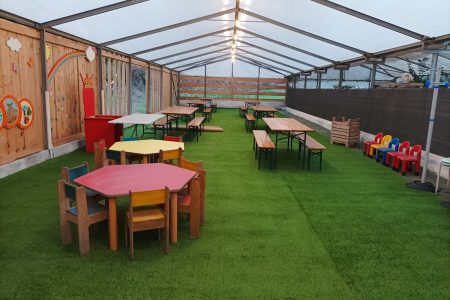
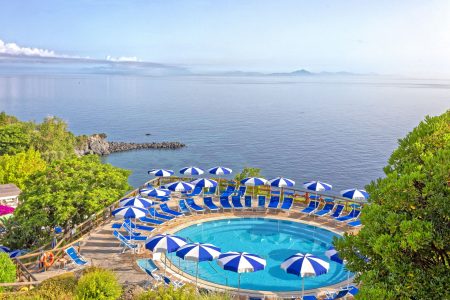
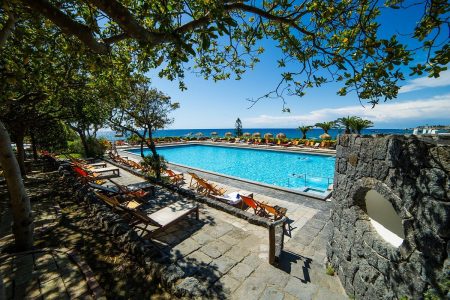
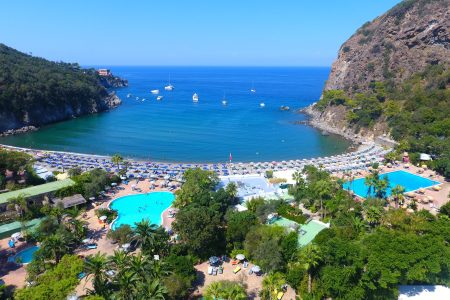
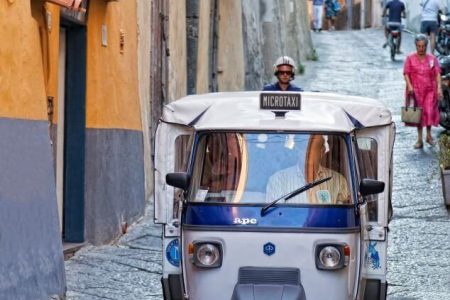
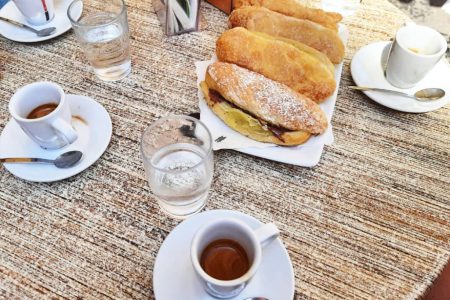
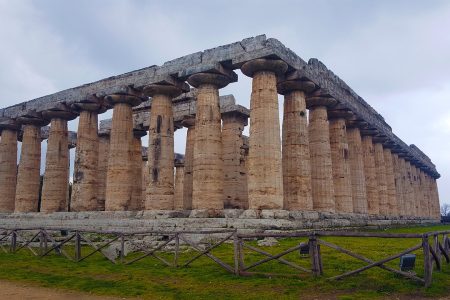
0 Comments